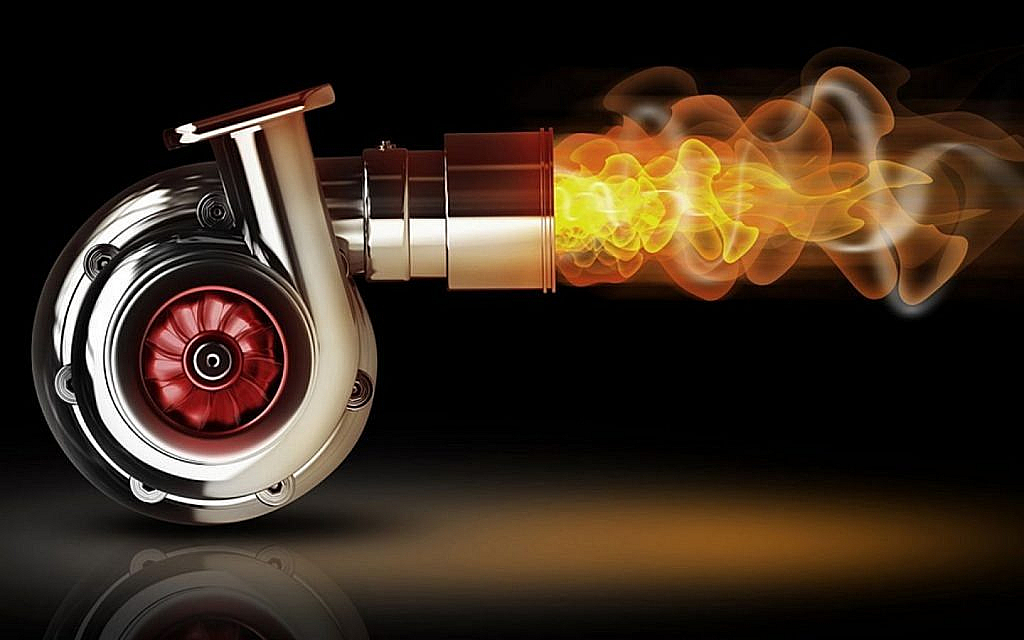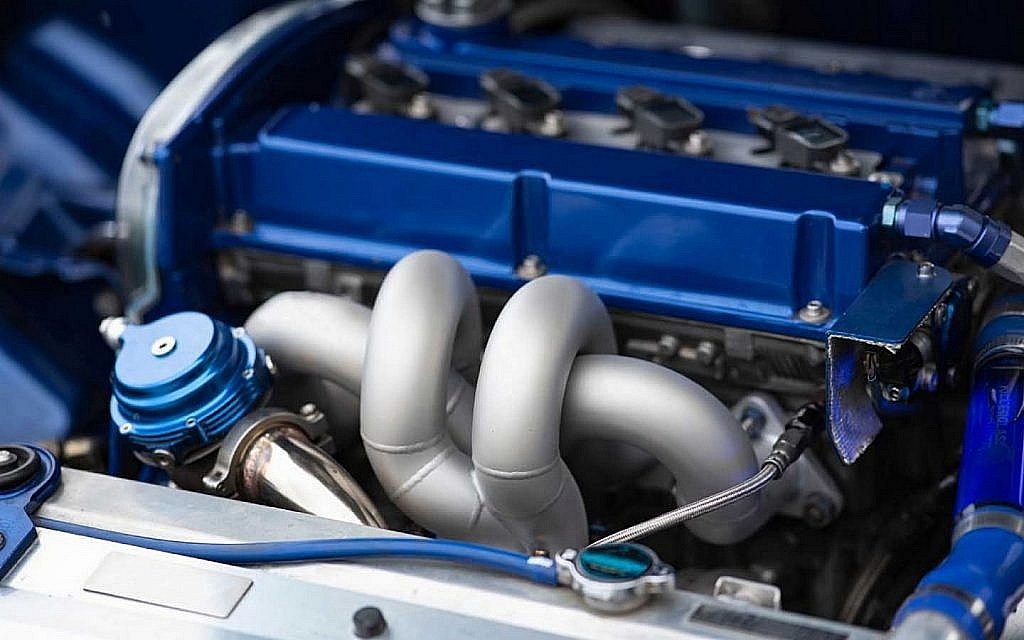Different Types of Turbochargers
Turbochargers have revolutionised the automotive landscape by increasing engine power, efficiency and performance. Invented in the early 19th century, turbochargers have evolved significantly, resulting in different types. From cost-effective single turbos to the latest electric ones, turbochargers come in multiple configurations.
Let’s take a look at different types of turbochargers and elaborate on the functioning, pros and cons of each type.
Types of Turbochargers in Cars
The history of turbochargers dates back to the early 19th century, and since its inception, the chargers have evolved significantly. Automakers continuously refine and adjust turbocharger designs to better align with vehicle performance demands, fuel efficiency standards and environmental considerations.
Various types of turbochargers cater to different driving needs, each uniquely engineered to deliver optimal performance under specific conditions.
The following are the most common types of turbochargers used in cars.
Single Turbo
The single turbocharger is the simplest and most common type of charger used in cars. In a single turbo, a turbine is connected with a compressor that spins using the exhaust gases flowing from the engine. The air is then forced into the engine’s combustion chamber, increasing engine efficiency and power.
The single turbo has simple engineering that makes it easy to maintain and cost-effective. However, a single turbo produces turbo lag, especially at lower engine speeds, reducing its effectiveness.
The single turbo is often found in entry-level sports cars and conventional sedans and hatchbacks.

Twin Turbo
As evident from the name, the twin turbochargers have two different turbos either arranged in parallel or in a sequential manner. In parallel twin turbo, each turbo serves a specific cylinder; whereas, in sequential setup, one turbo is dedicated to lower RPM and another one for higher RPMs. This setting not only reduces turbo lag but also ensures consistent engine performance.
The twin turbos are more complex, expensive to maintain and heavier, which limits its usage. The twin turbo is used in luxury sports cars like BMW M5 and high-end sports cars like Nissan GTR.
Twin-Scroll Turbo
The twin-scroll turbo separates exhaust gases into two different channels before combining them at the turbine inlet. The design reduces exhaust pulse interference, leading to better power delivery on different RPMs.
The twin-scroll turbo is used in cars with smaller engines that need consistent power output. That said, twin scroll is available in hatchbacks like the Hyundai Veloster N.
Variable Twin Scroll Turbo
The variable twin-scroll turbo is a combination of geometry and twin-scroll turbo. It contains valves that redirect exhaust gases into single or dual scrolls, depending on the engine speed. The efficient separation of exhaust gases ensures maximum power delivery at all RPMs without compromising the engine torque.
The usage of a variable twin scroll turbo is limited due to its complex design and higher maintenance cost.

Variable Geometry Turbo
The variable geometry turbo has adjustable vanes inside the turbine housing that adjust the area-to-radius ratio as per the engine speed. The adjustment not only increases output but also reduces turbo lag significantly.
The variable geometry turbo is often used in diesel engine cars but can also be found in a handful of petrol engine cars. While geometry turbo is efficient, it is highly expensive to maintain and prone to mechanical wear due to moving parts.
Electric Turbo
The Electric Turbo or E-turbo is the latest type of car turbocharger that uses an electric motor. The electric motor spools the turbocharger independently from exhaust gases, exempting turbo lag and providing immediate throttle response.

While E-turbo increases efficiency and also reduces car emissions, it comes with a higher cost and more electrical parts like batteries. E-turbos are widely used in hybrid powertrains of high-performance vehicles like new models of Audi and Mercedes.
FAQs
What are the different types of turbochargers used in cars?
Single turbo, twin turbo, twin-scroll turbo, variable twin-scroll turbo, variable geometry turbo and E-turbo are the different types of turbochargers used in cars.
How does a single turbo differ from a twin-turbo setup?
In a single turbocharger, there is only one turbine to cover all engine speeds. However, in twin-turbo, two different turbines are present, covering a wider range of RPMs.
What is a twin-scroll turbocharger and how does it work?
It is a type of turbocharger that separates gases into two different channels, reducing exhaust pulse interference.
These are different types of car turbochargers and their working principles. Turbochargers are known for reducing turbo lag and response time, leading to better engine performance. However, turbochargers are expensive to maintain, especially chargers with complex designs. Aside from Original Equipment Manufacturer (OEM), many aftermarket turbochargers are also available. However, it is illegal to modify engine displacement in UAE and it can lead to hefty fines. That said, when buying a used car for sale in the UAE, make sure it does not have aftermarket parts like turbochargers.
If you have opted for an OEM turbocharger, here are some pros and cons of turbocharging car engines that you must be aware of.
Stay connected with UAE’s leading auto blog to learn more about forced induction systems in cars.
Comments
Post a Comment